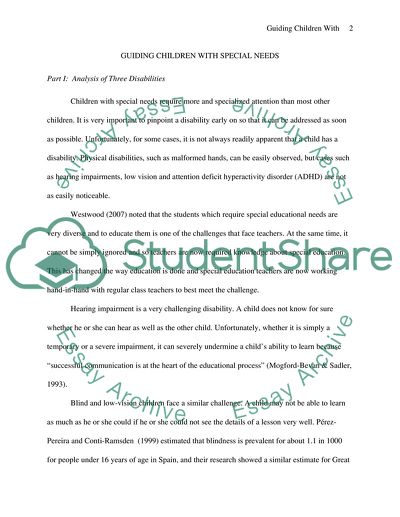Cite this document
(Guiding Children with Special Needs Term Paper Example | Topics and Well Written Essays - 2000 words, n.d.)
Guiding Children with Special Needs Term Paper Example | Topics and Well Written Essays - 2000 words. Retrieved from https://studentshare.org/education/1746289-inclusion
Guiding Children with Special Needs Term Paper Example | Topics and Well Written Essays - 2000 words. Retrieved from https://studentshare.org/education/1746289-inclusion
(Guiding Children With Special Needs Term Paper Example | Topics and Well Written Essays - 2000 Words)
Guiding Children With Special Needs Term Paper Example | Topics and Well Written Essays - 2000 Words. https://studentshare.org/education/1746289-inclusion.
Guiding Children With Special Needs Term Paper Example | Topics and Well Written Essays - 2000 Words. https://studentshare.org/education/1746289-inclusion.
“Guiding Children With Special Needs Term Paper Example | Topics and Well Written Essays - 2000 Words”, n.d. https://studentshare.org/education/1746289-inclusion.


